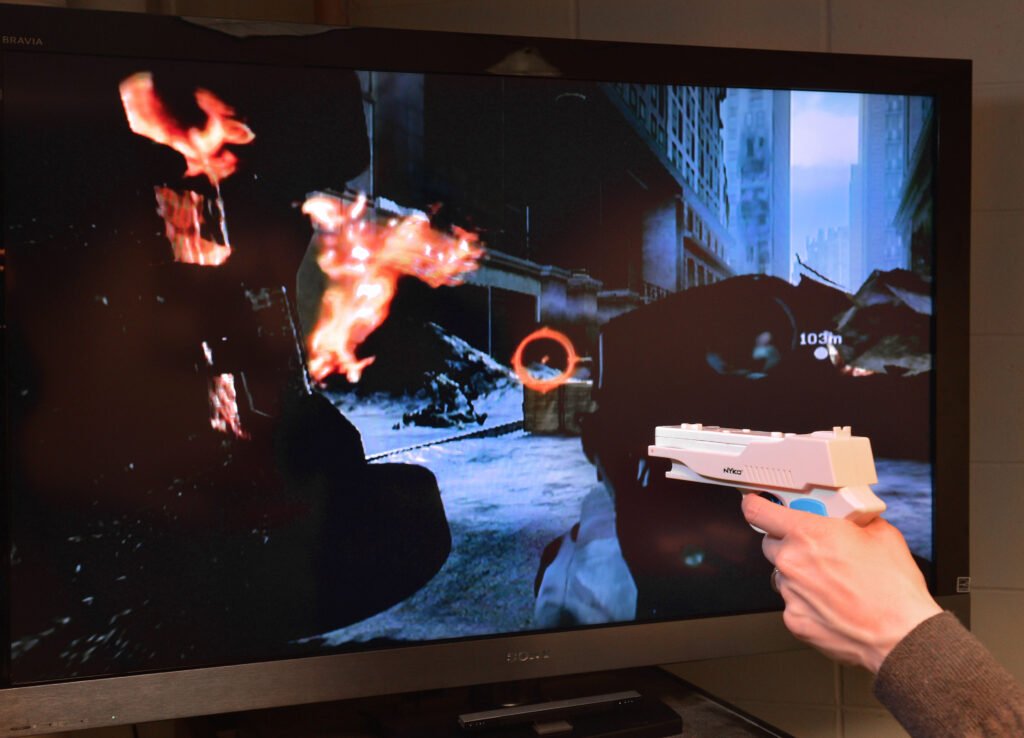Violent Entertainment: A Stain on American Culture?
Violent entertainment permeates American culture, from action-packed movies to brutal video games. While these forms of entertainment can be thrilling and cathartic, the potential impact on society is a topic of ongoing debate. This article explores the complex relationship between violent entertainment and American culture, examining the potential negative consequences as well as the arguments in its defence.
One of the primary concerns surrounding violent entertainment is the potential for desensitization. Constant exposure to graphic violence can numb viewers to its brutality, making them less empathetic towards real-world violence. Studies have shown a correlation between exposure to violent media and increased aggression, particularly in children and adolescents. This desensitization can lead to a culture that is more accepting of violence and less likely to intervene when witnessing it in real life.
Moral Corruption and Glorification of Violence
Critics further argue that violent entertainment glorifies violence, portraying it as a solution to conflict or a source of power. This glamorization can warp viewers’ perceptions of real-world violence, making it seem less consequential and more heroic than it truly is. Furthermore, violent entertainment can normalize aggression and violence as a means of resolving conflict, potentially influencing behaviour, particularly among impressionable young viewers.

Copycat Crimes and Real-World Violence
A particularly concerning issue is the potential for violent entertainment to inspire copycat crimes. High-profile violent acts depicted in movies or video games can serve as a blueprint for disturbed individuals seeking to emulate them. While a direct causal link is difficult to establish, the potential for violent entertainment to act as a trigger for real-world violence remains a serious concern.
The Art of Storytelling and Cathartic Release
Defenders of violent entertainment argue that it serves a cathartic purpose, allowing viewers to experience violence in a safe, controlled environment. This release of pent-up aggression can be therapeutic, preventing it from manifesting in real life. Furthermore, violent narratives can be powerful tools for storytelling, exploring complex themes of good versus evil, conflict resolution, and the consequences of violence. When handled thoughtfully, violent entertainment can spark important conversations and raise awareness about real-world issues.
The Power of Context and Parental Guidance
The impact of violent entertainment is likely not a one-size-fits-all situation. Factors such as age, personality, and mental health can influence how viewers react to violent content. Parental guidance is crucial in navigating this complex issue. Parents can help children understand the difference between fantasy and reality, discuss the consequences of violence, and encourage critical thinking about the messages portrayed in violent entertainment.
Conclusion
The debate surrounding violent entertainment is likely to continue. While the potential negative effects should not be ignored, it’s important to acknowledge its potential for catharsis and storytelling. Ultimately, the responsibility lies with creators to portray violence responsibly and with viewers to consume this content critically. Open communication, parental guidance, and media literacy are essential tools in navigating the complex world of violent entertainment and mitigating its potential negative impacts on American culture.

